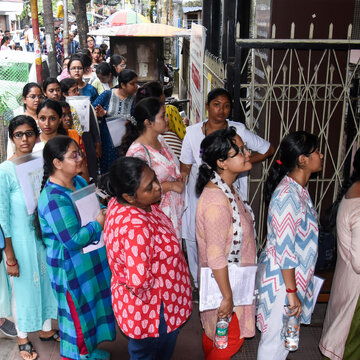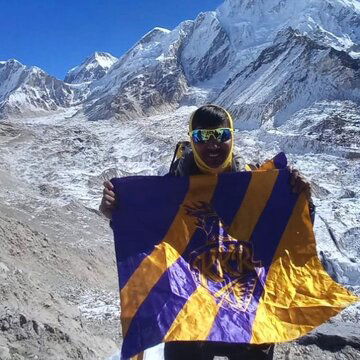Calcutta, now Kolkata, is home to the celebrated Victoria Memorial, an elegant white marble building that seems to glow under the Indian sun. It was completed in 1921 and has long stood as a symbol of beauty and heritage.
Yet, at one dark moment in its history, the memorial disappeared from view under a blanket of black. In 1943, during World War II, Kolkata endured repeated night raids by the Japanese air force. The city’s landmarks, bathed in moonlight, risked drawing unwanted attention.
To hide the gleaming marble marvel, the British authorities took an unusual step. They camouflaged the Victoria Memorial by wrapping it in bamboo scaffolding and painting it with a mixture of mud and cow dung, turning it pitch black, in order to avoid getting detected by Japanese planes flying overhead during wartime.
Photography was banned, but evidence still exists
Photography of the structure was strictly banned during that period to keep the camouflage plan secret. Still, a few images survive, reportedly taken by US Army photographers Frank Bond and Frank Kagal in late 1943.
Local residents still recall that eerie transformation, which they have heard from the grandparents, fathers and mothers.
Longtime Kolkata citizens remember how landmarks faded into the night and how ventilated trenches and blimps were used to protect key sites, including the newly opened Howrah Bridge.
Once the threat from air raids subsided, the black coating was removed, and the Victoria Memorial returned to its original pristine appearance.











